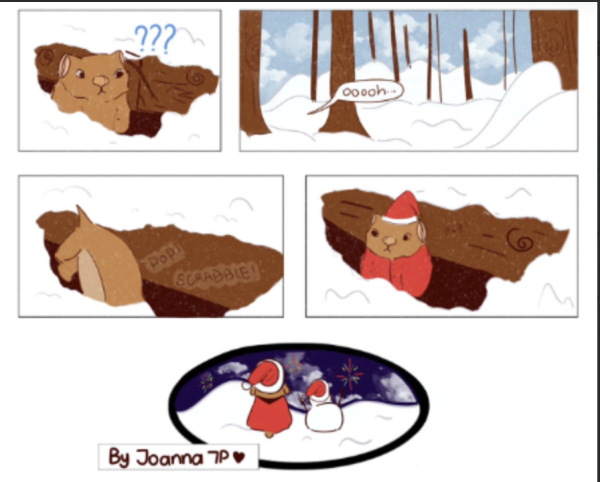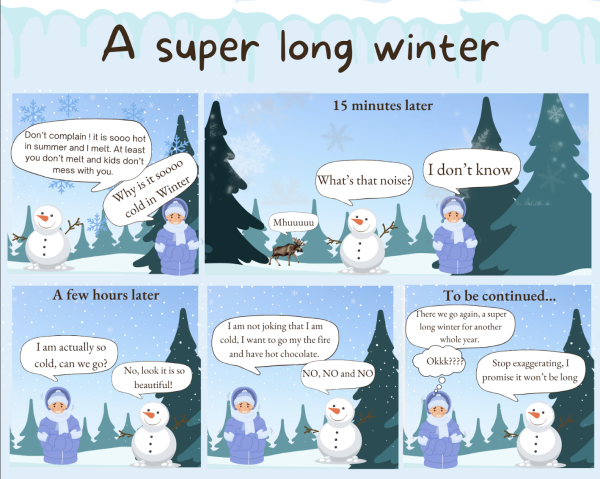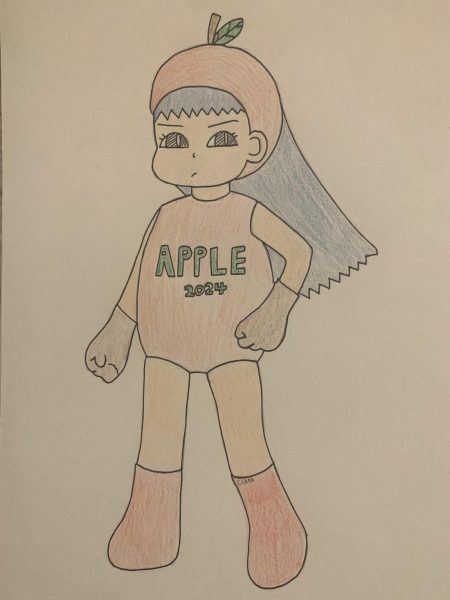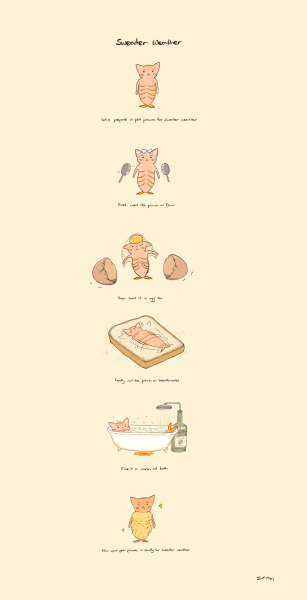Subject review: What is group 1 – A languages?
This is the first in a series of subject reviews. Efoda A and Shanmathi J. are going to take us on a trip though all the subjects offered in the DP at SIS. First up is group 1, Languages.
Subject Reviews. Illustrator Gaëlle B.
Whether you are approaching DP or still in your early MYP years, we are here to help guide you through the courses one by one and make choosing a subject easier. We’ll use our personal experience, advice from fellow students and teachers, and online websites to provide you with the best information. Hopefully, we’ll provide you with enough information to help make your subject choice easier.
In this article we’ll bring to you a guide to the group 1 IB subjects.
Group 1 of the IB Diploma Programme is Studies in language and literature; in other words, a language the student is fluent in. Language A can be tricky to get used to, even for students already having studied the MYP. A main point of confusion for many students is the distinction between Language & literature and Literature, with several signing up for one and switching to the other.
The four options currently available at SIS are:
- English A Language & literature
- English A Literature
- Swedish A Language & literature
- SSST (School-supported self-taught Language A)
English A Language & literature
Language and literature is the most popular English course, as it is split into two groups in grade 12 and 3 groups in grade 11 (at SIS) with roughly 20 students in each.
L&L may be a good choice if you:
- Want to study English in a more “modern” sense, by looking at advertisements, political cartoons, and other non-literary text types alongside literary ones
- Have an interest in media
SL studies 4 works over the two years while HL studies 6.
English A Literature
Literature typically has a slightly smaller class size. Though the course is generally considered “harder” than L&L though this is not really true – it depends on how you feel about literature. It may be a better option if you:
- Enjoy studying literature in a more traditional sense (novels, autobiographies, drama, poetry)
- Have good analytical skills
The difference between HL and SL is not huge compared to other subjects, with the only difference in HL being an extra work studied alongside the main SL work, an additional external assessment (the HL essay) and more for paper 1 and 2. Although this may sound like a lot, there isn’t much additional content to study but rather time to dedicate to completing assignments and doing readings. Expect a lot of literary devices, literary theory, studying authorial choices, and interpreting texts based on evidence.
SL studies 9 works over the two years while HL studies 13. Though this may sound like a lot, some of these works are poetry collections or plays, making it much less to read.
We have a small Literature class in grade 12 but no class in grade 11 this year.
Swedish A Language & literature
This subject is very similar to English A L&L; they essentially follow the same guidelines and have the same requirements, the only main difference being the language.
Since Swedish A is scheduled at the same time as group 2 (language acquisition subjects), it is possible to take Swedish A alongside one of the two English courses. In this case, you will receive a bilingual diploma.
SSST (School-supported self-taught Language A)
SSST, more commonly known as “self-taught,” is an alternative in which students can study their native language. Most taking a self-taught language take English as a second language (English B HL) though it is also possible to take it with one of the English A subjects. All students taking SSST receive a bilingual diploma. Students are allocated a teacher who might or might not be in Sweden. Classes take place on-line or in person and are usually every second week. When you don’t have a lesson with your teacher, you work on your own or with the SSST coordinator. Since students study a variety of languages, there is a great variety of teachers which does contribute heavily to the experience of the course.
“The class depends a lot on the teacher,” one student says. “The subject also comes naturally to some people more than others, and it’s difficult to just ‘improve’ on. But I think it’s not too difficult if you enjoy the language and are engaged with the class.”
Sometimes it is possible to get a copy of the reading list prior to the summer before year 1. If you have time, it could be a good idea to look over these briefly, although many students say summer preparation isn’t too necessary for this subject; you’ll be going into everything much more in depth during the school year. The main point to remember is that it is not a language acquisition course – you are expected to be fluent in all skills – reading, writing, speaking and listening before taking this course.
- it is offered only at standard level
- you must be fluent in the language to take
- you need to be able to work independently
- it follows the same course as English A literature







